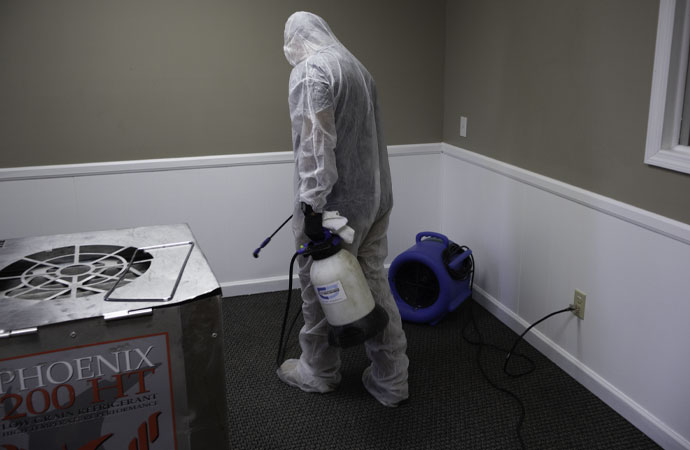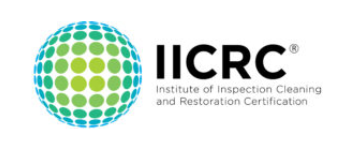How To Dry Out A Basement Fast
There is nothing worse than walking into your basement only to find that it has flooded. While some basements are naturally damp, certain problems can arise that cause your basement to become more wet than usual. When this happens, items in your basement can get damaged, mold can start to grow and materials like drywall and framing can be ruined. If you have a soggy basement, it is important to act fast to help minimize the damage. Learn how to dry out a basement fast and start the process of restoring this space back to its original condition.

Use Caution with Biohazards and Electricity
Water in a basement can quickly become a safety hazard. It is crucial to take certain safety precautions to keep your family safe while dealing with basement flooding. Before touching anything, you will want to ensure that your basement is safe. Start by checking all electrical connections to make sure that no wires are exposed. If possible, turn off the power to your home until the water can be removed. If the water has sat for any amount of time, mold could have started to grow. You may also want to wear a mask while in your basement to prevent breathing in harmful mold spores.
Determine the Source of Water
It is not always easy to determine the source of the water problem. Here is a look at some of the most common water sources that a homeowner may come across in their basement.
-
Runoff
Runoff in basements is usually a result of rainwater or melted snow. If there is too much moisture around the foundation of the home, it can start to seep into the basement or crawl space. Hydrostatic pressure is able to force water through tiny cracks and gaps in the foundation causing dampness or flooding in your basement.
-
Condensation
Condensation is a common cause of moisture in basements. Also known as ‘sweating,’ condensation often shows up as wet spots on surfaces, water droplets on walls or puddles on basement floors. Condensation occurs when warm, moist air comes into contact with cool foundation walls or uninsulated pipes.
-
Subsurface Sources
Sometimes a wet basement may have symptoms that look like normal runoff from rain or snow melt. However, when this moisture issue occurs frequently, the problem may be due to high groundwater. You may notice that water is flowing through your walls or seeping in where the walls meet the floor. This is a common sign of a subsurface water problem. Water can become unusually high for a variety of reasons, such as when snow melts in the spring.
Use Caulking and Insulation
Once you have determined the source of the water problem, you will need to find a solution to prevent problems in the future. Start by caulking areas where water is coming in to prevent moisture leaks. You may also want to insulate the walls with a material like Styrofoam to help curb condensation.
Extract Water with Sump Pumps or Wet Vacs
Speed is crucial when dealing with any type of flooding in a basement. Mold can start growing in as little as 24 to 48 hours. One of the fastest ways to remove water is with a sump pump or wet vac. Start by removing all of your belongings and discard any items that have been ruined by the water. Then start the process of sucking up excess water from carpets and other areas where water may have pooled.
Finish Drying with Towels
While sump pumps and wet vacs can suck up the majority of water in a basement, you will still find many surfaces damp. Finish up the drying process by wiping down walls, floors and other surfaces with old, dry towels. This will help prevent mold from growing and quicken the drying process. An air humidifier can also be helpful in drying out any moist areas in your basement.
Clean Walls and Floors
As it takes just a small amount of time for mold and mildew to start growing in a damp basement, you will want to carefully examine the space for any signs of mold growth. To be on the safe side, wipe down the walls and floors with an antimicrobial chemical cleaner, such as a pine oil cleaner. If there are any materials that cannot be cleaned, consider throwing these items away.
Call Water Damage Restoration Specialists
The final step in drying out a basement involves contacting a water damage restoration specialist. These professionals have the knowledge, experience and equipment needed to safely and quickly extract water, remove mold, and help restore your home to its previous condition. For more information on how to dry out a basement fast, contact the water damage restoration specialists at Kingsley Water Damage & Fire Cleanup.





